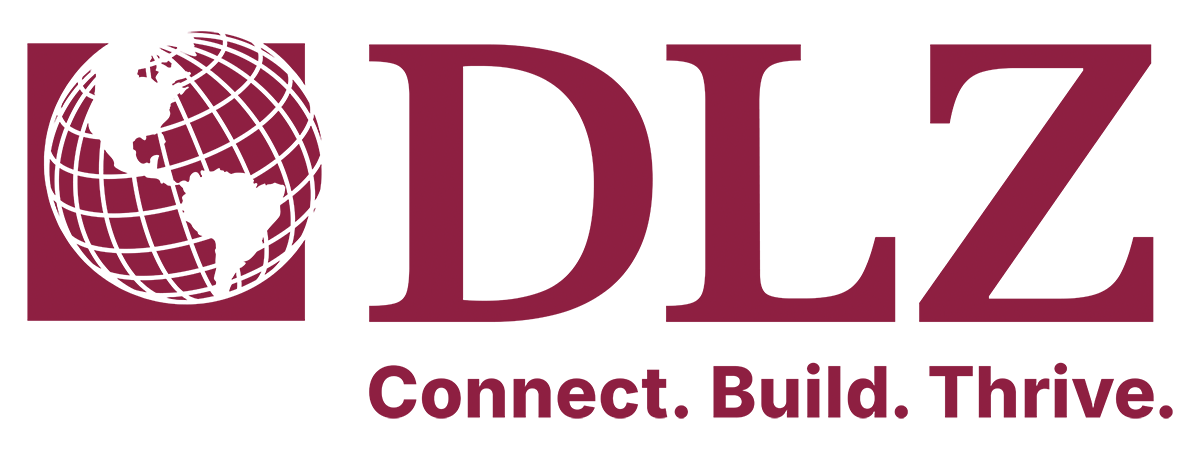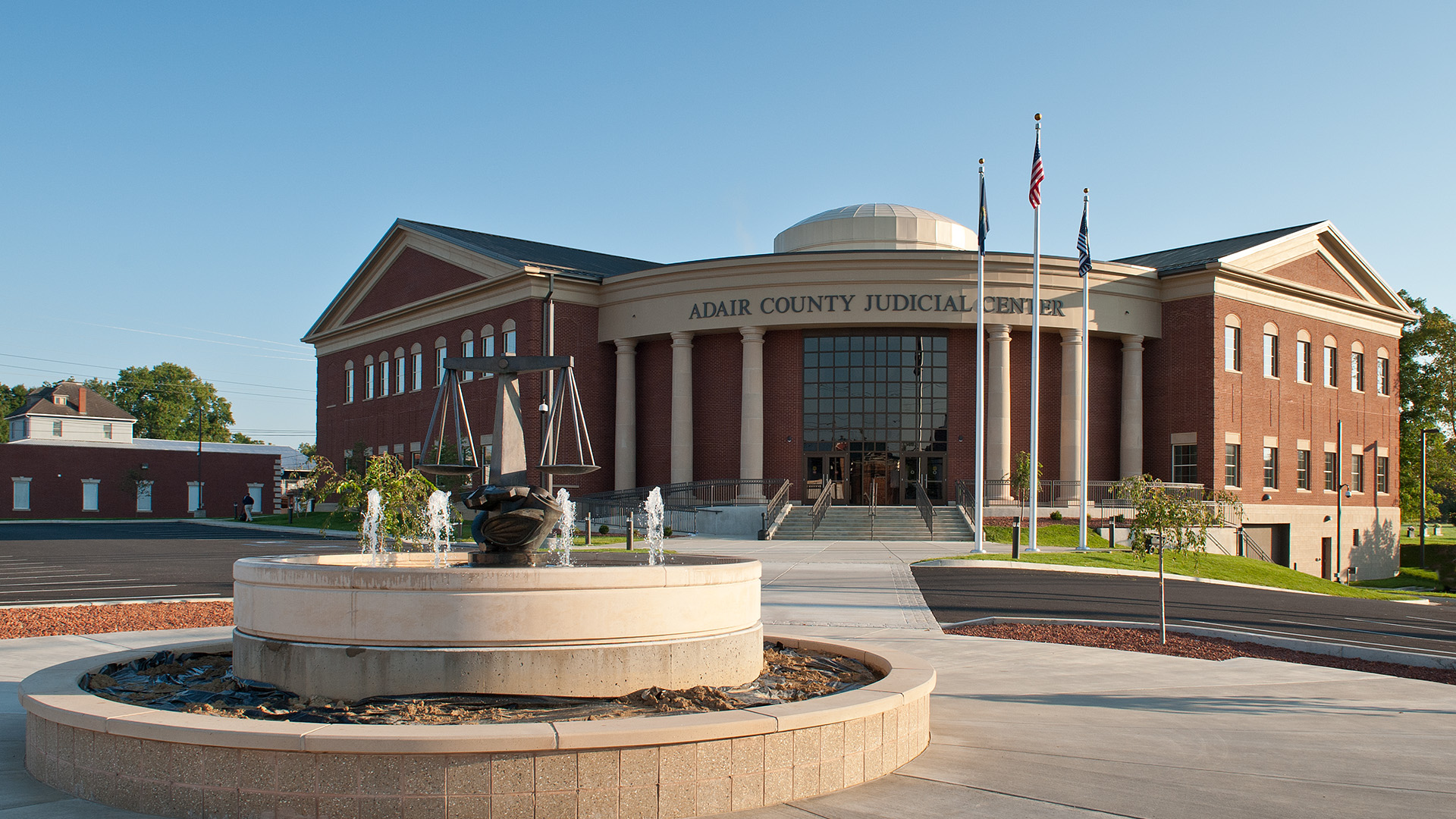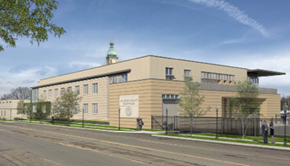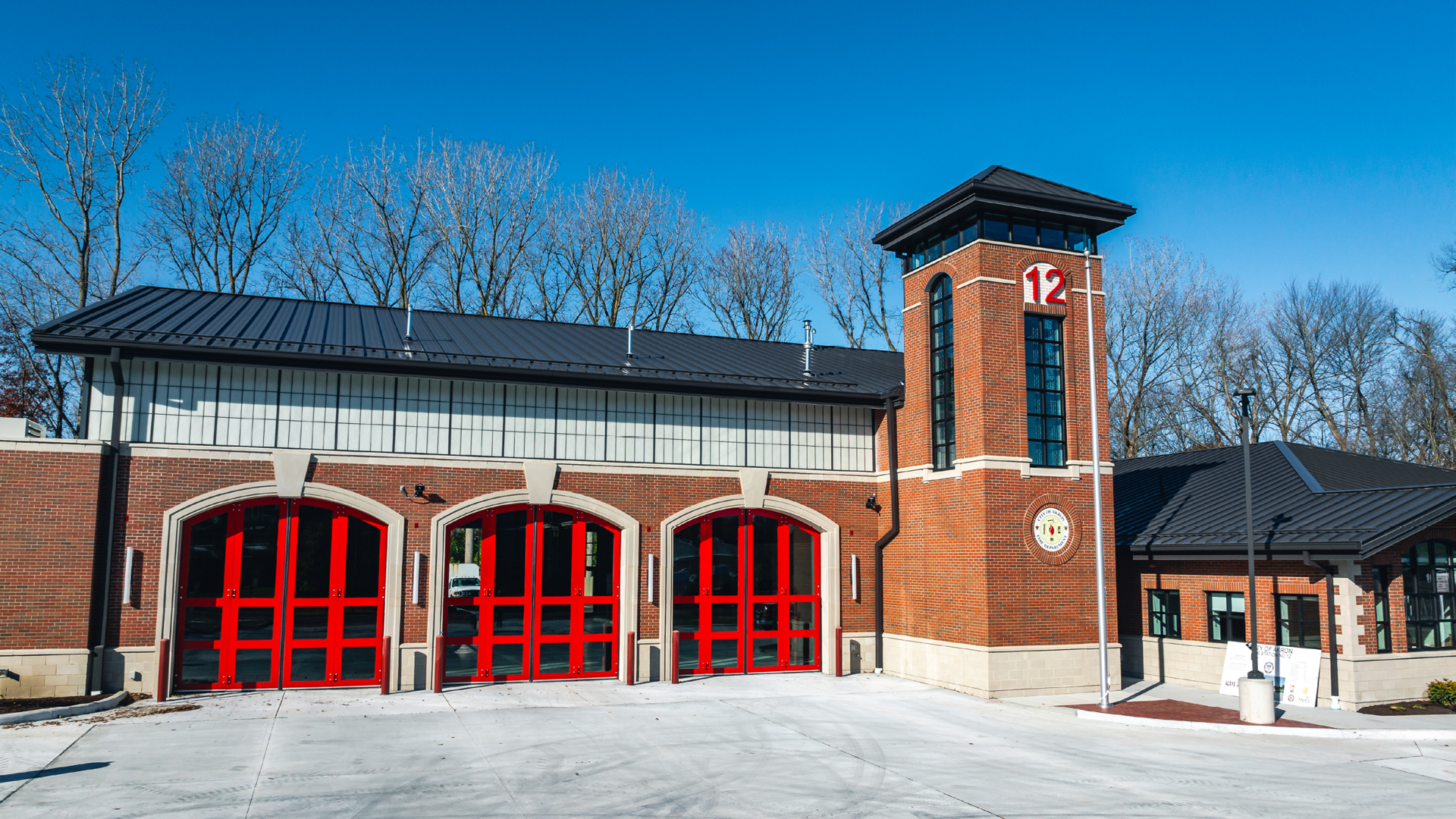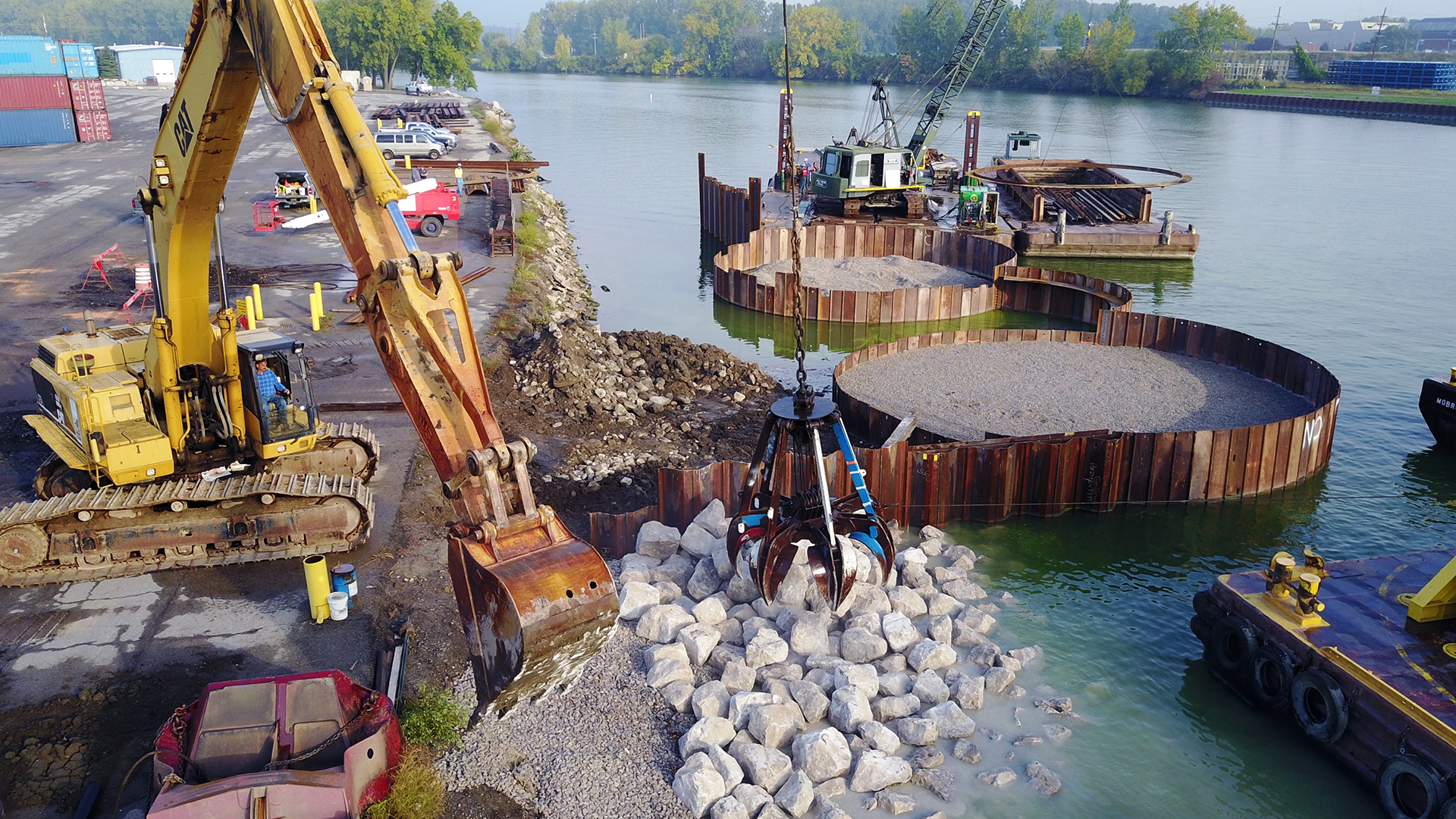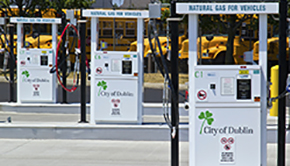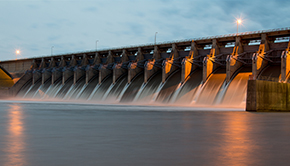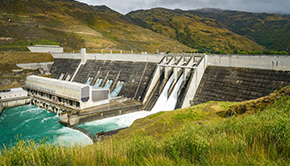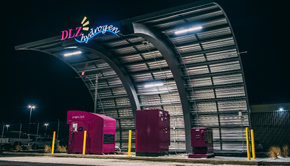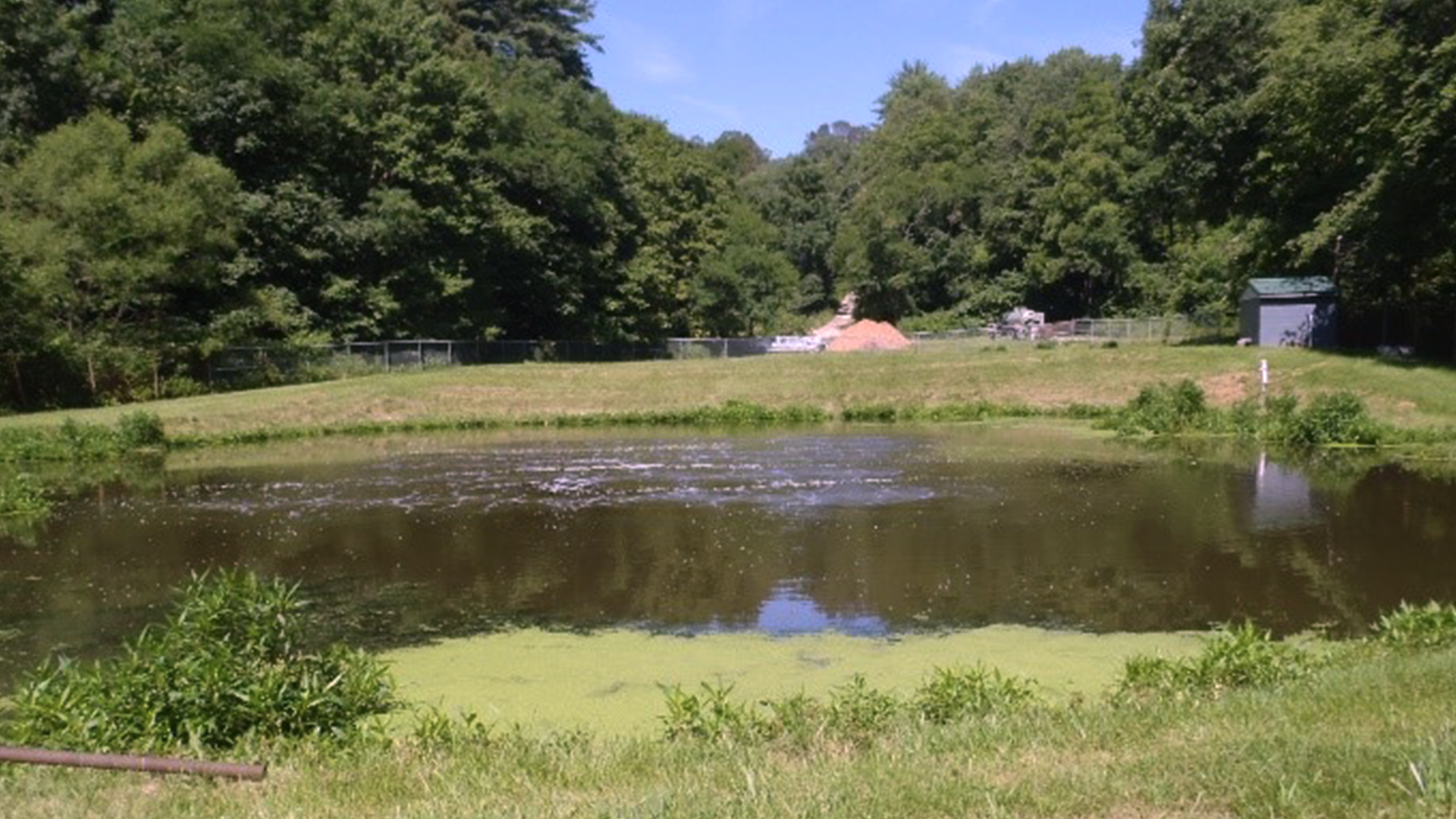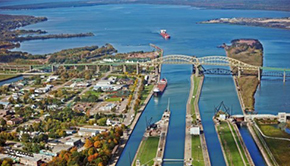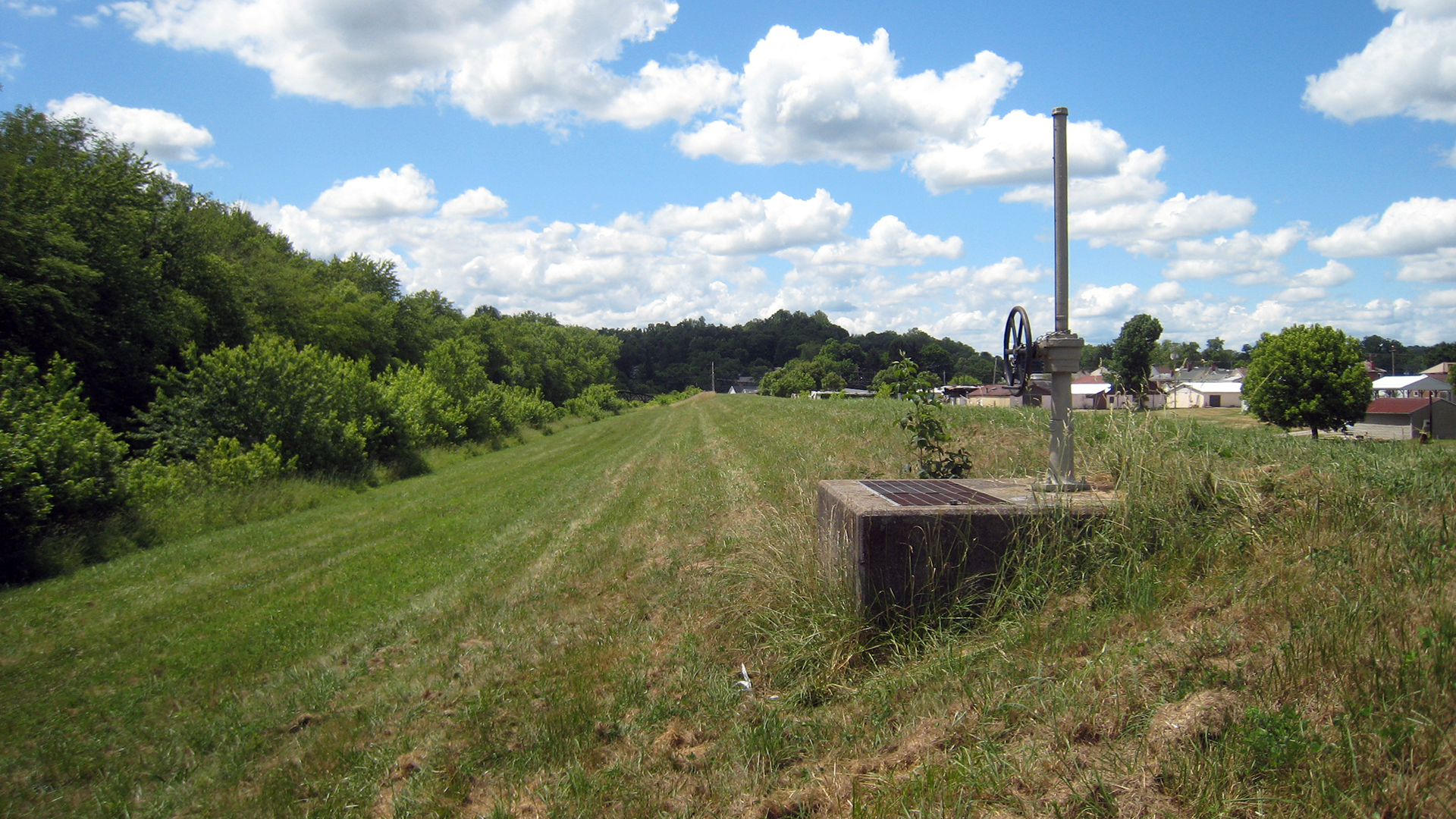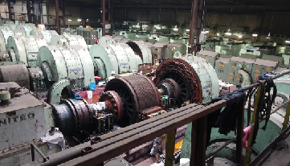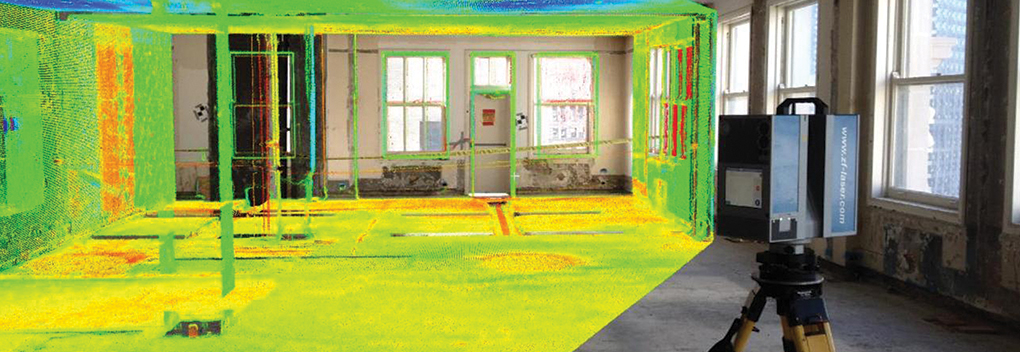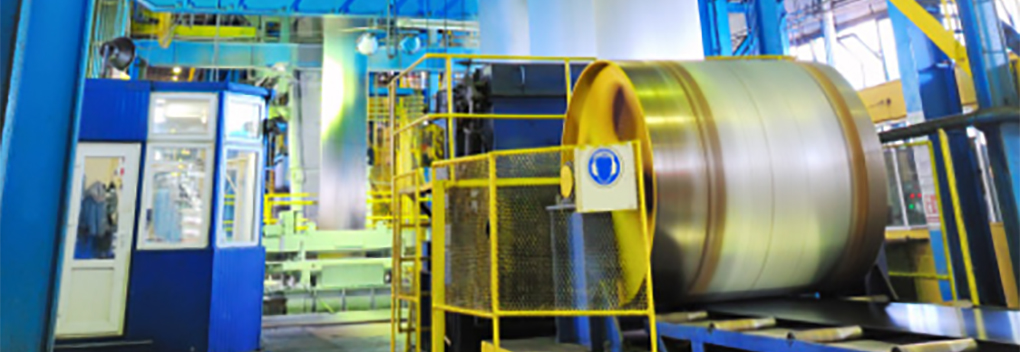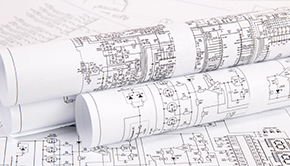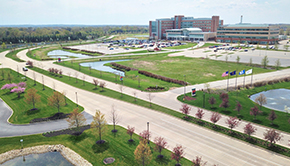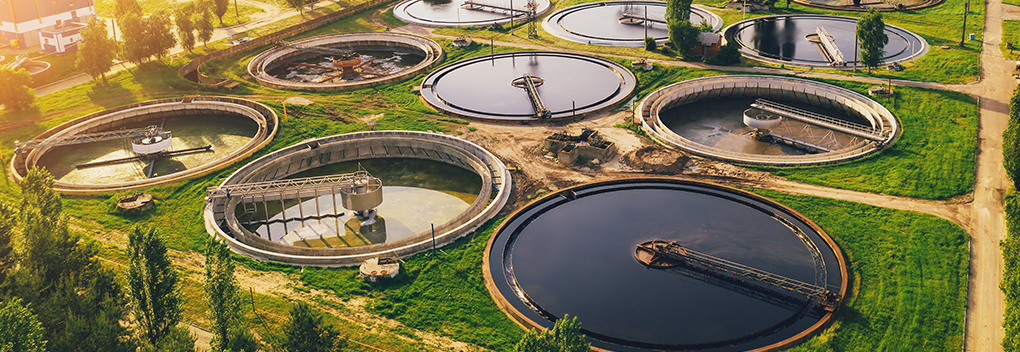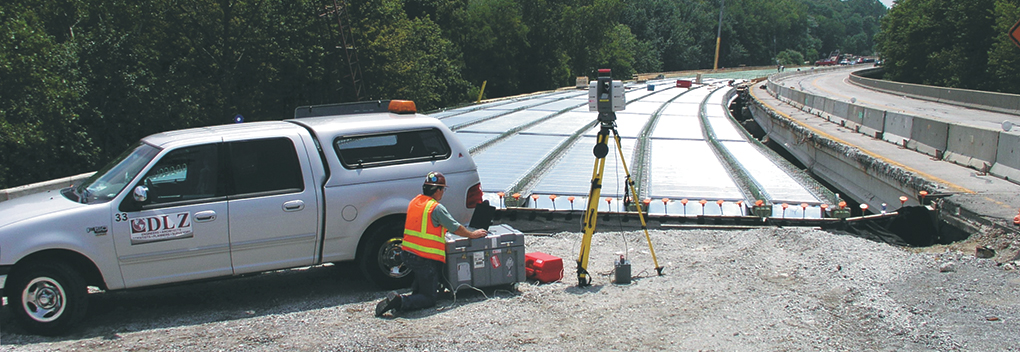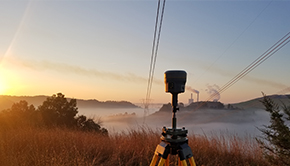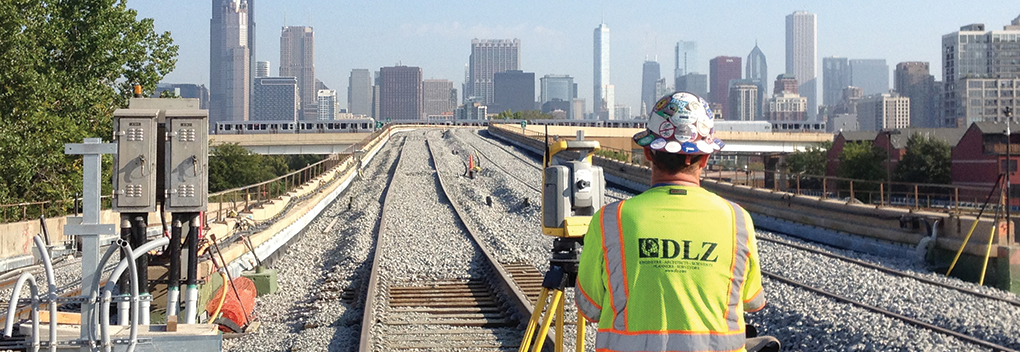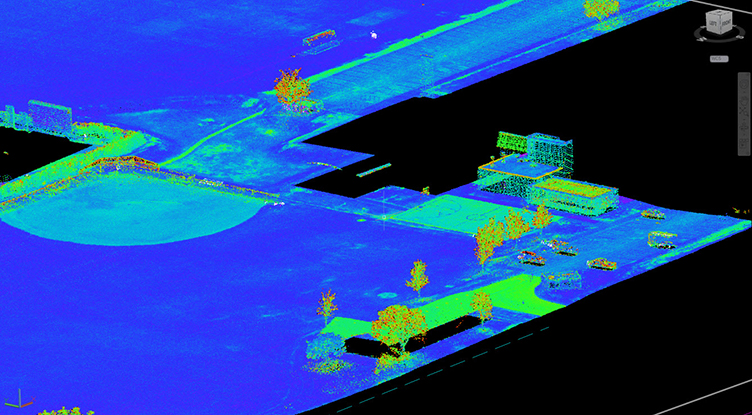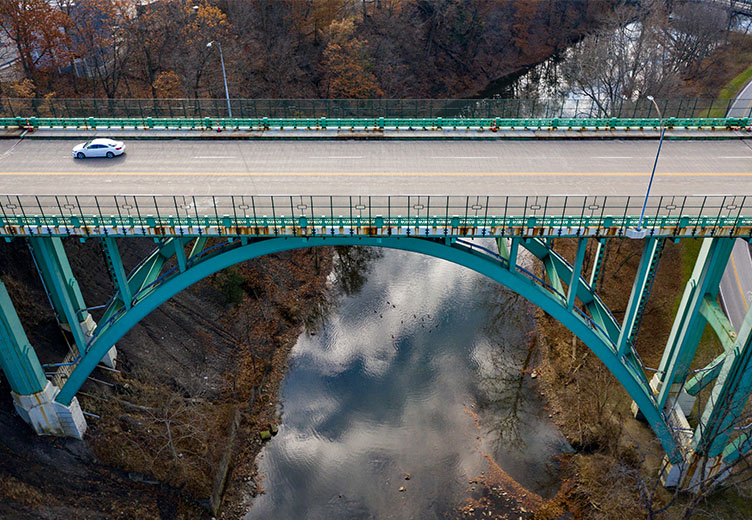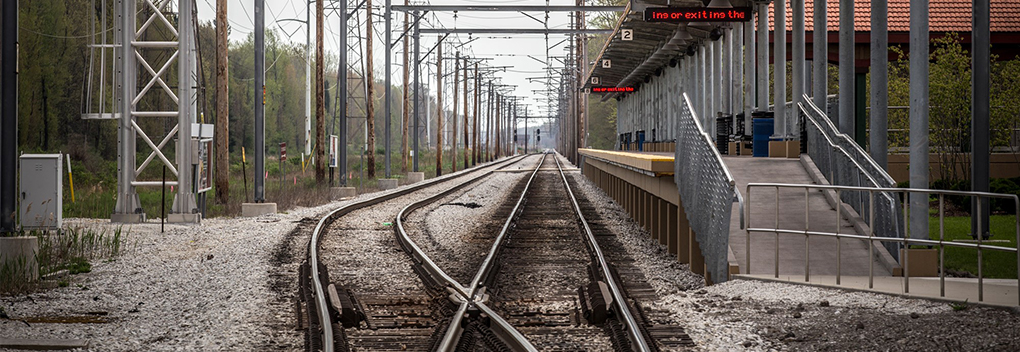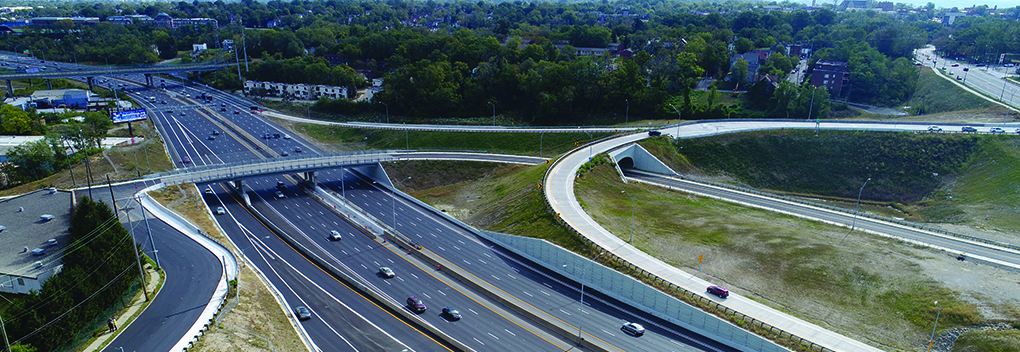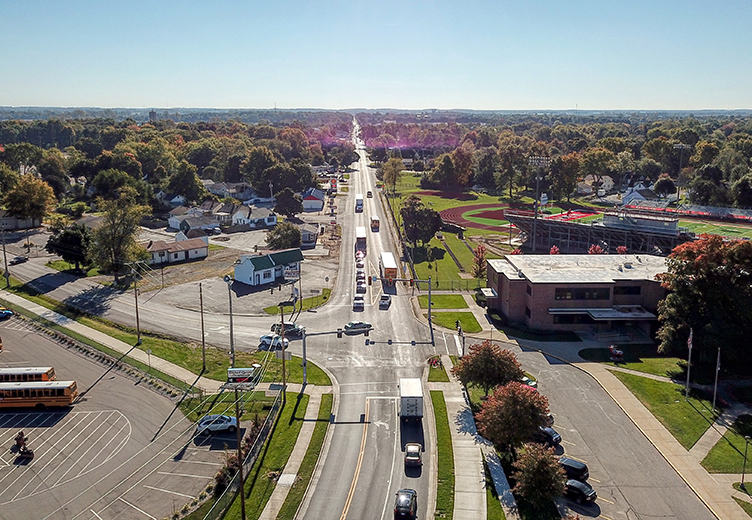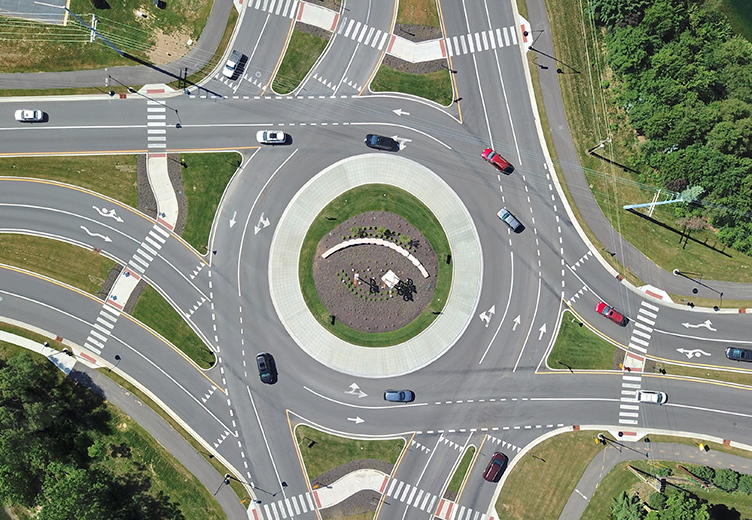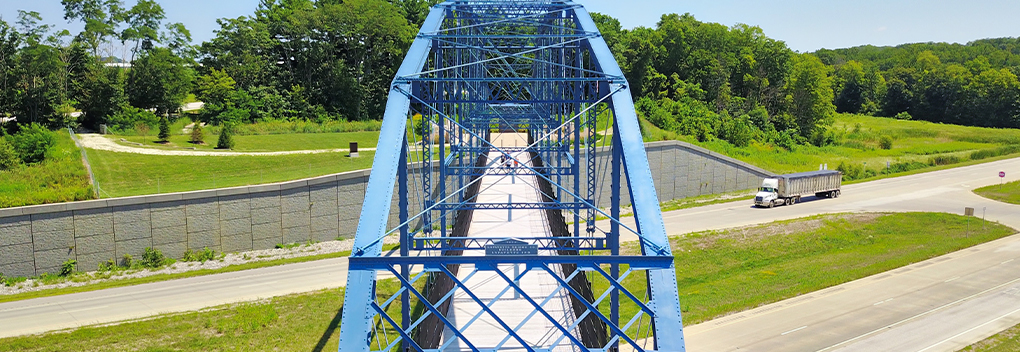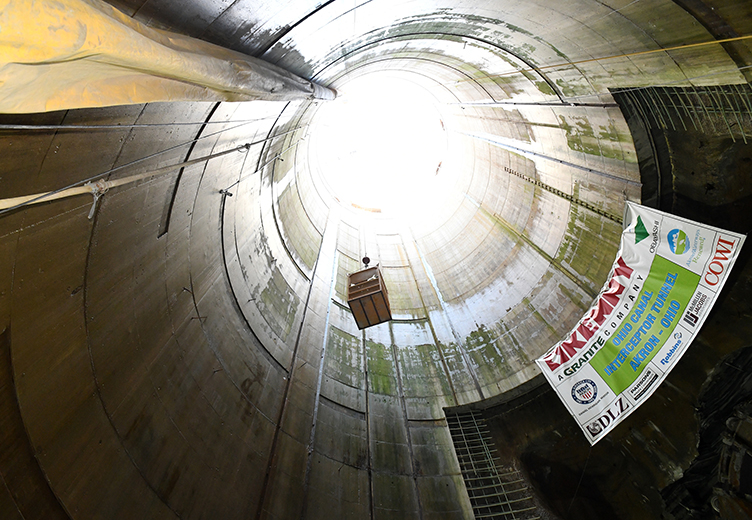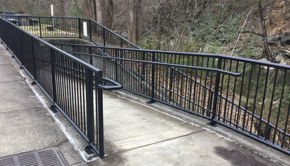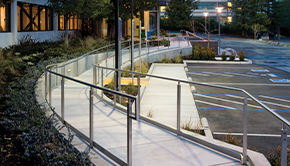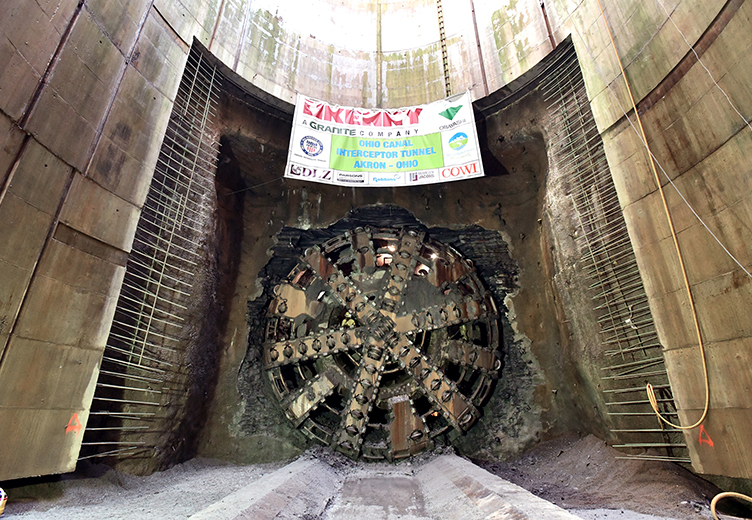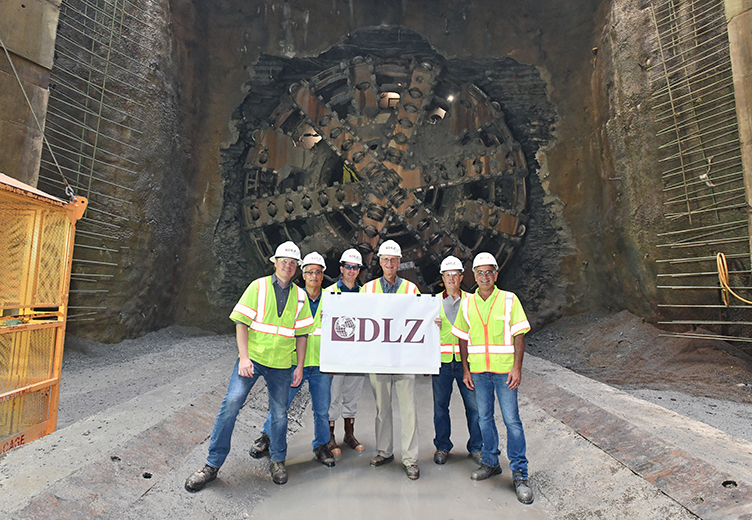Ohio Canal Interceptor Tunnel
The City of Akron selected DLZ to design the Ohio Canal Interceptor Tunnel (OCIT) sewer. A vital element of the City’s Long-Term Control Plan, the project’s goal was to reduce Combined Sewer Overflows (CSOs) to local rivers.
The Preliminary Engineering Report recommended a tunnel with an inside diameter of 27 feet and a total length of 6,150 lineal feet. This provided a minimum storage volume of 25.6 million gallons.
Project Features
After value engineering, the City and DLZ design featured the following:
- 27-foot diameter
- 6,240 lineal feet in length
- 26.7 million gallons of storage capacity
- Ability to convey both dry weather and wet weather flow
- Capacity that exceeded USEPA Consent Decree requirements
The tunnel depth ranged from 160 feet upstream to just above ground at the downstream end. Consequently, this required ground modification to accommodate the tunnel boring machine.
DLZ used several computer models to evaluate flow conditions, the negative impact from surge, and airflow through the tunnel system for potential odor emissions. In addition, the team developed an extensive final design geotechnical program consisting of 79 borings, 37 monitoring wells, and 7 test pits to predict ground behavior during construction.
The tunnel was mined using the single pass system. An Earth Pressure Balance (EPB) tunnel boring machine (TBM) was used on this project. The machine operated in close face mode due to the soil and mix-face conditions at the start of the project. Afterwards, it was switched to an open face mode TBM through the shale bedrock. Precast segmental lining finished the inside of the tunnel.
Accelerated Schedule
The design schedule for the Ohio Canal Interceptor Tunnel was very aggressive. Most importantly, it included a Consent Decree milestone that had to be met by the City. If not met, the City would face daily penalties.
DLZ is part of the Construction Management Team (CMT), which includes Parsons-Thomarios-Welty as the Construction Manager and the City of Akron.
We would love to help your community solve its water and sewer problems. Likewise, if you have any questions about how we do the work we do, check out our Services page. Furthermore, feel free to contact us.
You can also learn more about the Ohio Canal Interceptor Tunnel on YouTube.
